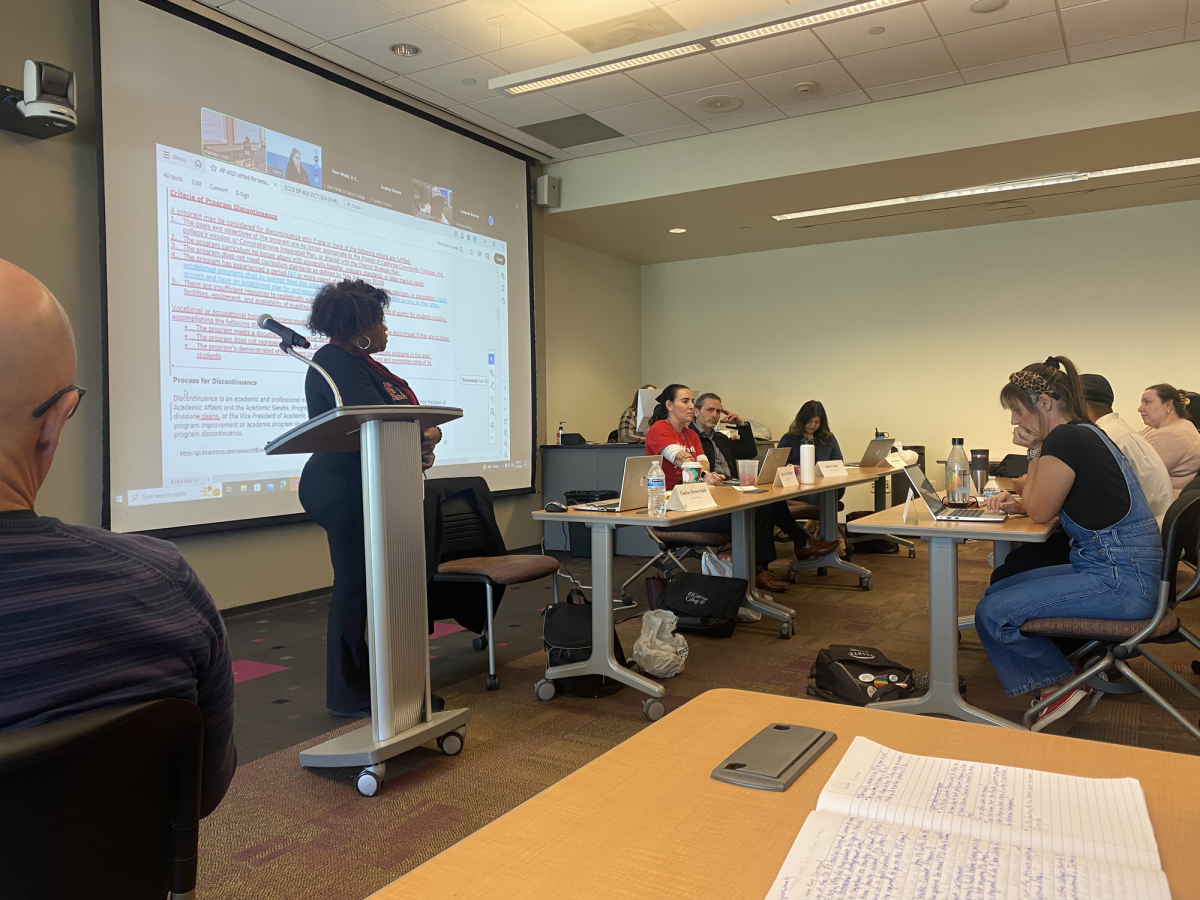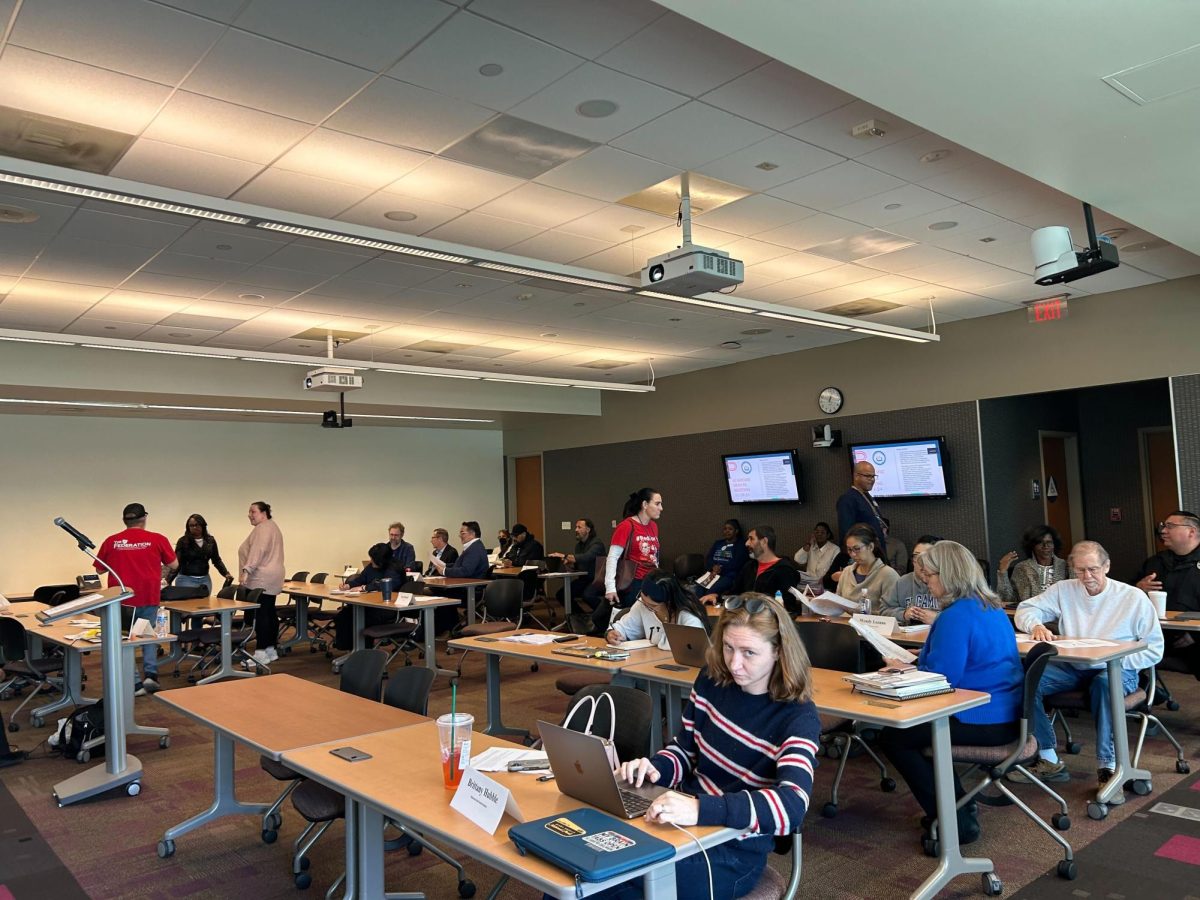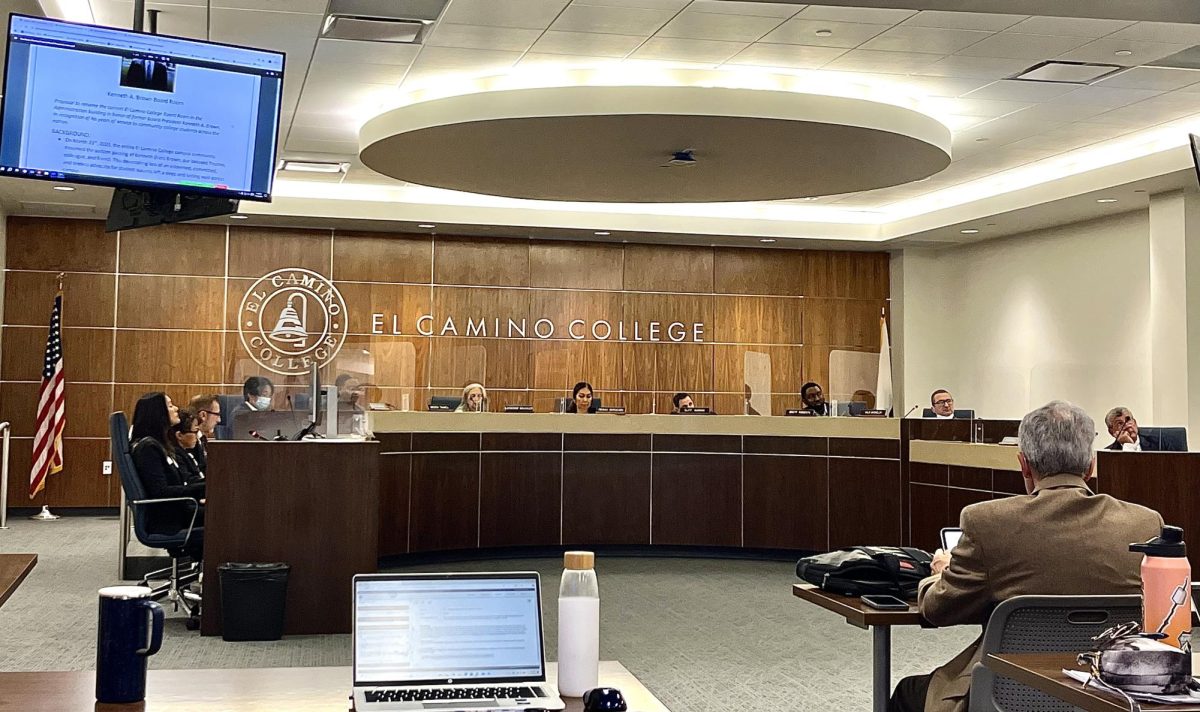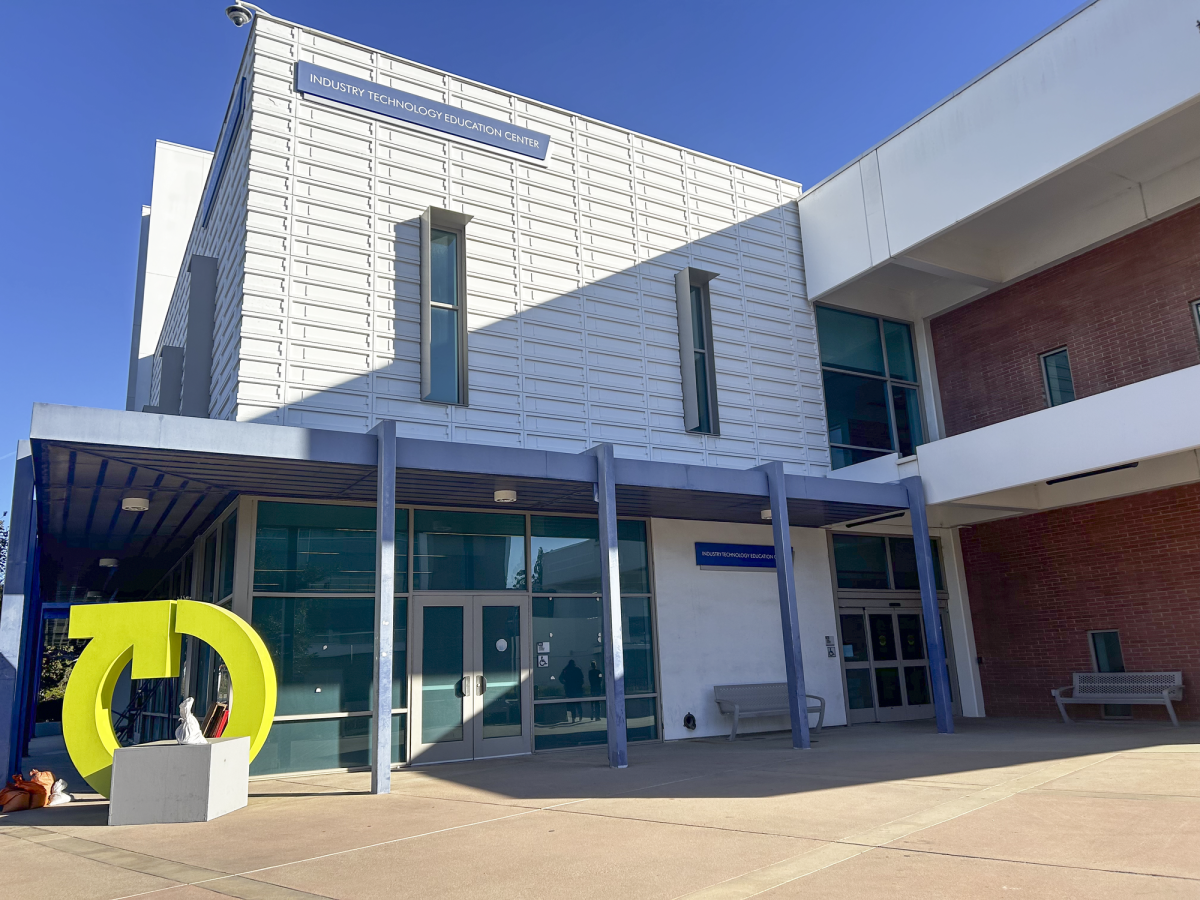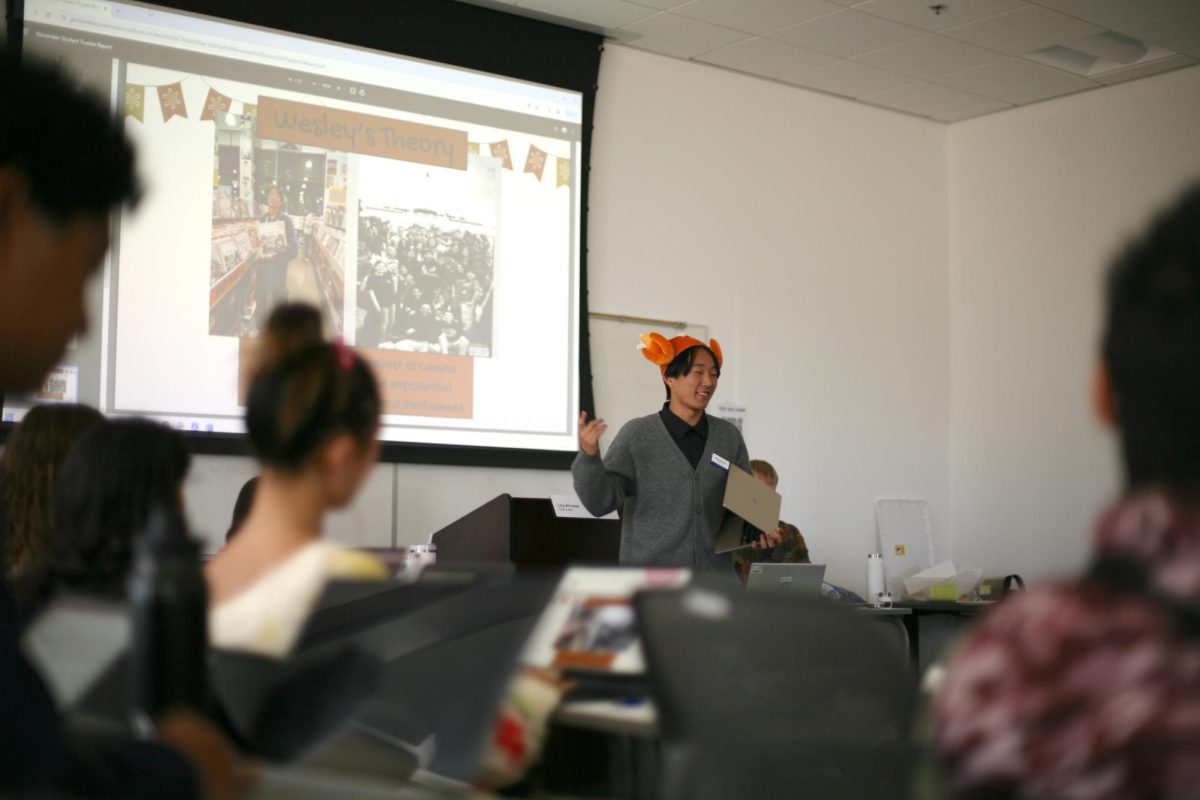Receiving Reception All Throughout Campus
Annastashia Goolsby
Instead of jumping directly to the use of cell phone towers, a cellular repeater is going to be used in a trial run to determine if it will boost reception in the buildings on campus, Anne Garten, Community Relations Director, said.
Any buildings that have a large amount of concrete or metal in the material can easily decrease cellular reception. The use of solid foam insulation or fiberglass with foil backing also has the tendency to block signals, Garten said.
Garten continues to say that energy efficient windows and metal windows can contribute to the blockage of cell phone signals.
In addition to the weakened signal once inside the concrete structure, the objects inside the building reflect the signal even more, Garten said.
“At this time, El Camino College is considering the best options for enhancing cell phone reception on campus, including having a study completed to determine if installing repeaters on the buildings would help resolve the problem,” Garten said.
A repeater is a type of bi-directional amplifier (BDA) that improves the signal by the utilization of a reception antenna, a signal amplifier and an internal rebroadcast antenna, Garten said.
“These are similar to the cellular broadcast towers used for broadcasting by the network providers, but much smaller, usually intended for the use in one building,” Garten said.
The modern cellular repeater amplifiers rebroadcast the cellular signals inside the building and provide service throughout all the floors in one building, Garten said.
The system uses the repeater to obtain the best cellular signal, which then transmits it to an amplifier unit, amplifies the signal and then retransmits it to provide an ameliorate signal
strengthen in the building, Garten said.
“I think it is a good idea for the students, but I don’t think the school needs any more construction. There is already so much going on and it is taking up so much space,” Michelle Soreno, 19, biology major, said.
Once the repeaters are tested and receive a positive response, the equipment and installation cost then has to be considered, Garten said.
“Patchy cell service is definitely an issue for some, but I think that the money should be put towards having more class available as opposed to better cell phone service available,” Ronald Caughlin, 19, business major, said.
Cellular receptors are expected to increasingly grow over the next few years, especially in the United States, Garten said.
“I think before we worry about cell phone coverage throughout school, there should be a Wi-Fi tower, Felicity Kanz, 38, art history major, said. “I’ve seen people hiding under the stairways with their laptops open trying to find a hotspot.”
The case on campus is that the buildings were built with materials that block cellular signals and the most desirable option is an external antenna, such as the repeater, Garten said.
“I do believe there should be something done so we can get reception on campus because what if there is a family emergency and no one can get a hold of you,” Ali Zabatta, 18, pre-dentistry major, said.
Unfortunately, the use of repeaters may not immediately establish better reception in the buildings on campus, Garten said.



